London Travel Guide
Fascinating, cosmopolitan and unusual, London is the city of all possibilities. We go there for shopping weekends, but also to appreciate its exceptional heritage, from Westminster to St. Paul’s Cathedral, including the London Eye and its museums (Tate Gallery, Madame Tussauds, British Museum…). Soho, Chelsea, the City, Notting Hill…, all the districts of London deserve a visit and offer surprising discoveries. Gardens, museums, galleries and markets are so many propositions that a too short stay will surely be the first of a long series…

A perpetual invitation to immerse oneself in the heart of a creative city, avant-garde and strongly anchored in its history. An astonishing contrast that makes the English capital one of the most touristy destinations in the world. While the Brexit crisis has nevertheless hit Britain hard, London remains the symbol of cross-fertilization and renewal. Vibrant and intoxicating, dynamic and creative, London intrigues, fascinates and never tires…
London’s neighbourhoods
Westminster:
Westminster is a central London neighborhood, known for its famous landmarks such as Buckingham Palace, the Houses of Parliament, and Big Ben.
It is also home to St James’s Park, Green Park and Hyde Park which are beautiful green spaces and great places to relax and take a stroll.
Westminster Abbey, a gothic church, is also located in this neighborhood and is a UNESCO World Heritage site, it’s a must see attraction for history buffs and architecture enthusiasts.
Other places of interest include: Churchill War Rooms, London Eye, and the West End, which is known for its theaters, shopping and dining.
Soho: Known for its vibrant nightlife, Soho is a popular destination for entertainment and dining. It is also home to many independent shops and businesses.
Covent Garden: This neighborhood is famous for its market, street performers and unique boutiques. It is a major tourist spot in London.
Oxford Street: Known for its high-street shopping and department stores, Oxford Street is one of the busiest shopping streets in the world.
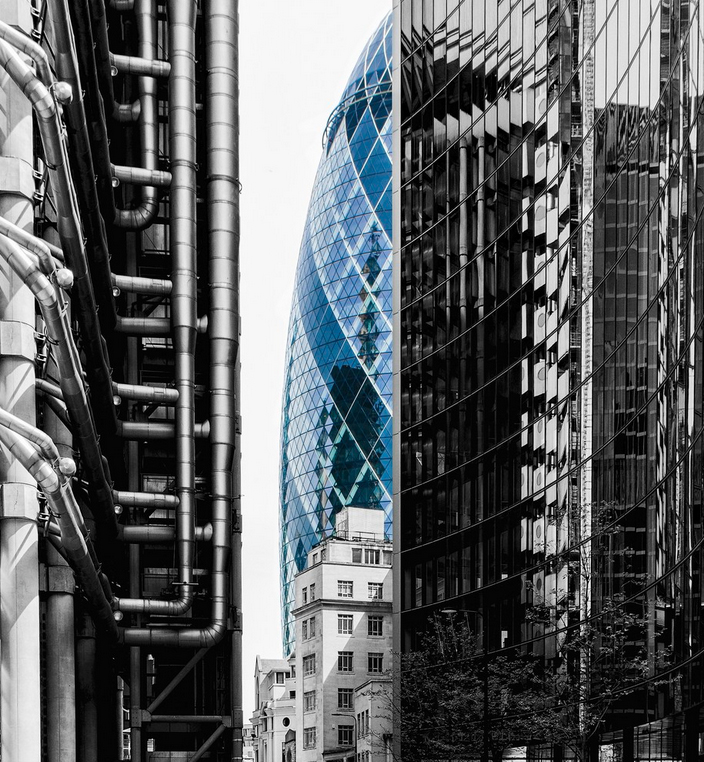

Mayfair: This exclusive neighborhood is known for its luxury shops, fine dining, and high-end real estate. It is home to many embassies and is considered one of the most affluent areas of London.
Piccadilly Circus: This famous square is known for its billboards, shops, and theaters. It’s a popular tourist destination and a major transportation hub.
Camden: Known for its alternative culture, Camden is home to a large number of independent shops, markets, and music venues. It is also a popular spot for street food and nightlife.
Greenwich: This historic neighborhood is home to the Royal Observatory, the Prime Meridian, and the Cutty Sark. It’s a popular spot for visitors to learn about London’s maritime history.
King’s Cross: This neighborhood has undergone extensive redevelopment in recent years and is now home to a variety of shops, restaurants and cafes. It is also a major transportation hub with connections to the rest of London and beyond.
Angel: This neighborhood is known for its independent shops, restaurants, and pubs. It is also home to the famous Camden Passage market.
Islington: This neighborhood is known for its Victorian architecture, independent shops, and trendy bars and restaurants. It is a popular spot for young professionals and families.
Elephant & Castle:
Elephant & Castle is a neighborhood in South London, which is undergoing significant redevelopment.
It is home to the Elephant & Castle Shopping Centre, which offers a variety of shops, restaurants and services.
It’s also home to the Imperial War Museum, which is dedicated to exploring the impact of war on people’s lives.
The neighborhood is also known for its street art and murals, which can be found on buildings and public spaces throughout the area.
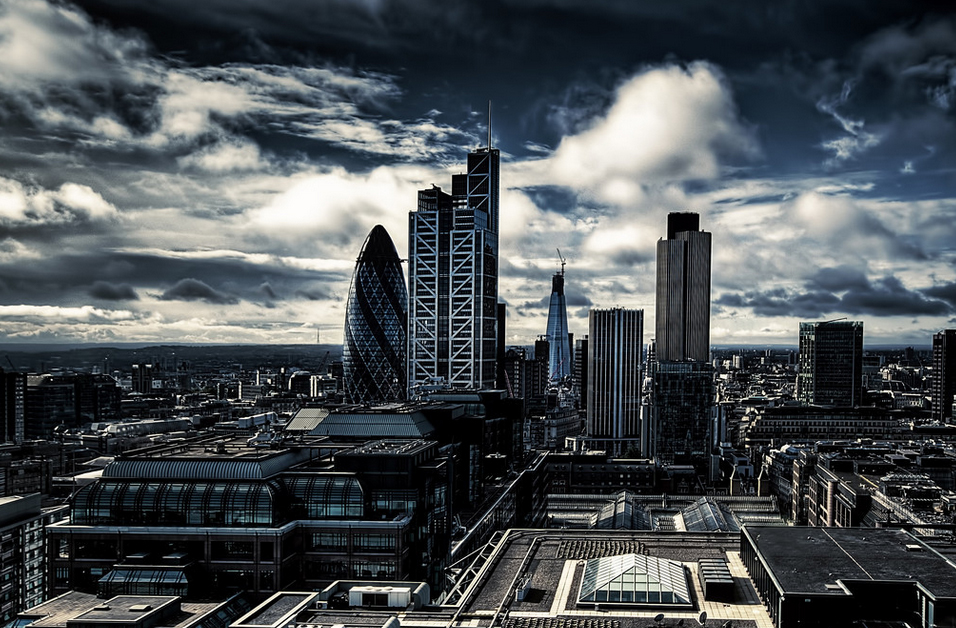
The City of London:
The City of London, often referred to simply as “the City”, is the historic core of London and one of the world’s most important financial centers.
It’s home to many famous landmarks such as St Paul’s Cathedral, the Bank of England, and the Tower of London.
Other places of interest include: The Monument, The Gherkin, Leadenhall Market, and the Museum of London.
Chelsea:
Chelsea is a posh neighborhood in West London, known for its high-end shops, restaurants, and galleries.
The famous King’s Road runs through the neighborhood, which is known for its luxury boutiques, fashion stores and antique shops.
The neighborhood is also home to the Chelsea Physic Garden, which is the oldest botanic garden in London and offers a peaceful oasis in the middle of the city.
Other places of interest include: The Saatchi Gallery, the Chelsea football stadium (Stamford Bridge), and the Chelsea Barracks.
Hammersmith:
Hammersmith is a neighborhood in west London, known for its lively atmosphere and vibrant nightlife.
It is home to the Hammersmith Apollo, which is a famous concert venue that has hosted many famous artists and bands over the years.
The neighborhood is also home to several parks, such as Ravenscourt Park, and the famous Furnivall Gardens which is a beautiful garden on the river.
Other places of interest include: Hammersmith Bridge, The Lyric Theatre, and the Hammersmith Town Hall.
Hampstead:
Hampstead is a leafy and affluent neighborhood in North West London, known for its beautiful houses and charming streets.
The neighborhood is home to Hampstead Heath, which is one of London’s largest parks and offers stunning views over the city.
Other places of interest include: Kenwood House, the Freud Museum, and the charming village-like atmosphere of Hampstead High Street, with its independent shops and restaurants.
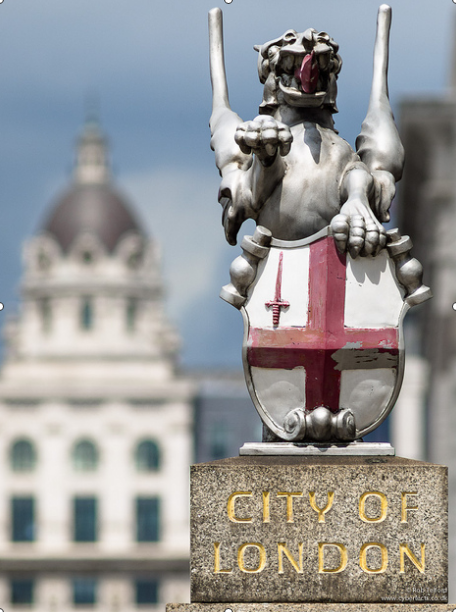


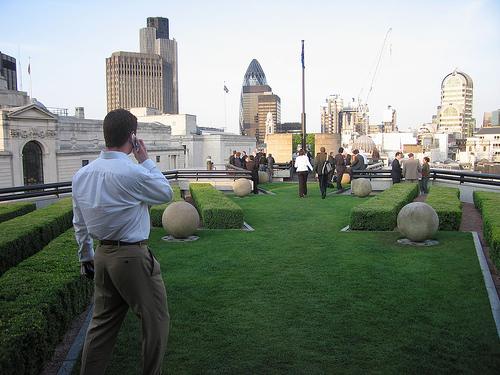

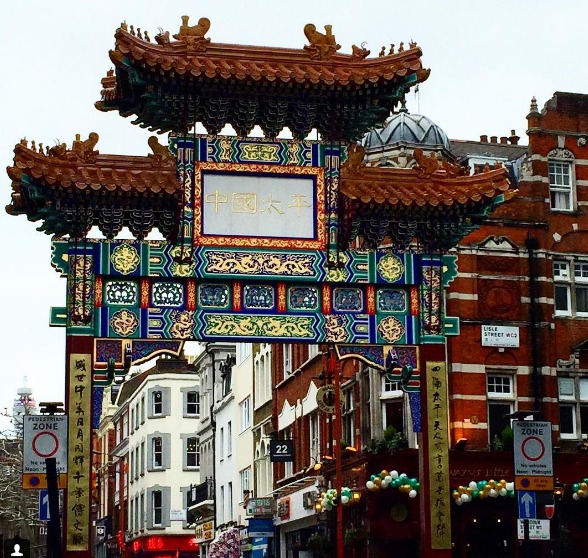
Things to see and do in London
London is a vibrant and exciting city with a rich history and culture. There are countless things to see and do in London, making it a popular tourist destination. Here is a detailed presentation of some of the top things to see and do in London:
Visit famous landmarks: London is home to many famous landmarks, such as Buckingham Palace, the Houses of Parliament, and Big Ben. Other famous landmarks include St Paul’s Cathedral, the Tower of London, and the London Eye. Visitors can take a tour of these landmarks to learn about their history and significance.
Explore London’s museums and galleries: London is home to some of the world’s most famous museums and galleries, such as the British Museum, the National Gallery, and the Tate Modern. Visitors can explore these institutions to learn about art, history, and science.
Take a stroll in London’s parks: London is home to many beautiful parks, such as Hyde Park, Regent’s Park, and Kensington Gardens. Visitors can take a stroll in these parks to enjoy the greenery and relax.
Visit London’s markets: London is home to many famous markets, such as Camden Market, Borough Market, and Portobello Road Market. Visitors can explore these markets to find unique souvenirs, try different types of food, and experience London’s diverse culture.
Enjoy London’s nightlife: London is known for its vibrant nightlife, with a wide variety of bars, clubs, and restaurants to choose from. Visitors can enjoy a drink in a traditional pub, or dance the night away at a club.
Take in a show in the West End: London’s West End is the city’s theater district and home to many famous theaters such as the Globe, the Palladium, and the Victoria Palace. Visitors can take in a show to see some of the best theater productions in the world.
Take a river cruise: The Thames river is a great way to see the city from a different perspective. Visitors can take a river cruise and see famous landmarks such as the Tower Bridge, the Houses of Parliament and the London Eye.
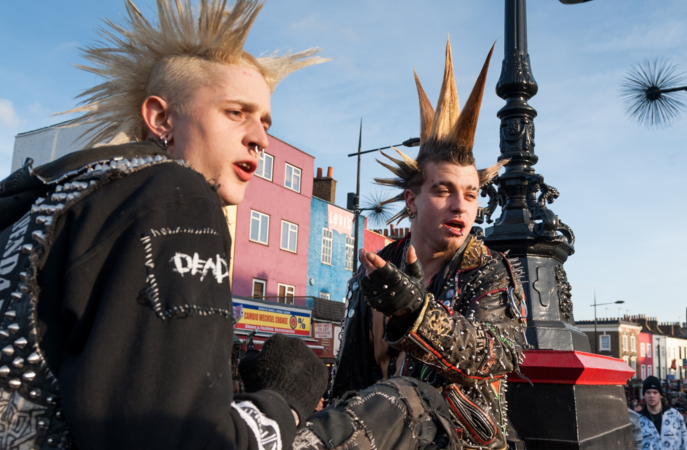
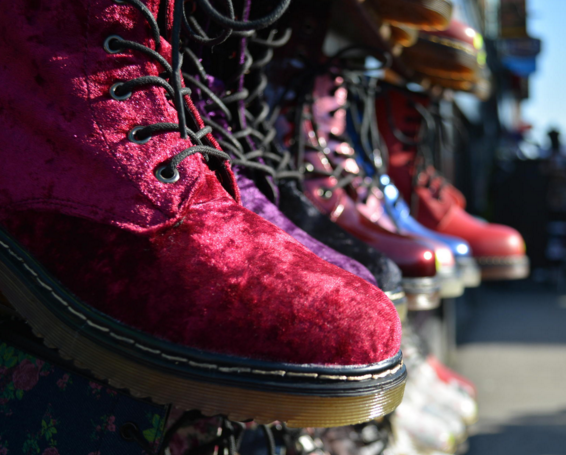
Enjoy London’s shopping: London is a shopper’s paradise, with a wide variety of high street and luxury shopping options. Visitors can take a stroll on Oxford Street, Bond Street, or browse the boutiques of Notting Hill.
Experience London’s diverse culture: London is a melting pot of different cultures, visitors can experience different cultures by visiting areas such as Camden, Brick Lane and Greenwich.
Take a day trip out of London: London is surrounded by many beautiful towns and villages, visitors can take a day trip to places such as Windsor, Bath, or Stonehenge.
Eating in London
Traditional dishes
London is known for its diverse culinary scene and has a rich history of traditional dishes. Here is a presentation of some of the traditional dishes of London:
Fish and chips: Fish and chips is one of the most popular traditional dishes in London. It is a classic dish of deep-fried fish, usually cod or haddock, served with chips (French fries). It’s usually served wrapped in newspaper and is a staple of London’s street food scene.
Roast beef and Yorkshire pudding: Roast beef and Yorkshire pudding is a classic British dish that is a staple of Sunday roast. It’s typically made with roast beef and served with gravy, roast potatoes, and vegetables.
Pie and Mash: Pie and Mash is a traditional London dish, typically made with a meat pie and mashed potatoes. It is a hearty and comforting dish that is often served with a side of liquor, a traditional green parsley sauce.
Shepherd’s Pie: Shepherd’s pie is a traditional British dish made with minced lamb, vegetables, and topped with mashed potatoes. It is a comforting and filling dish that is often served during the colder months.

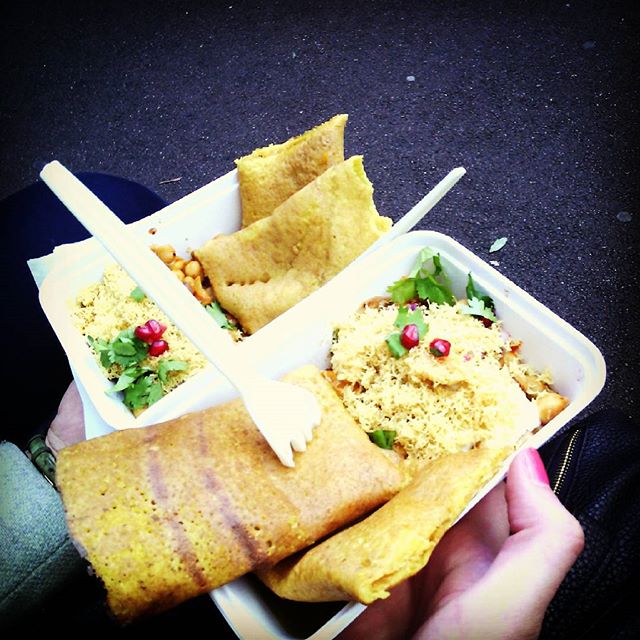

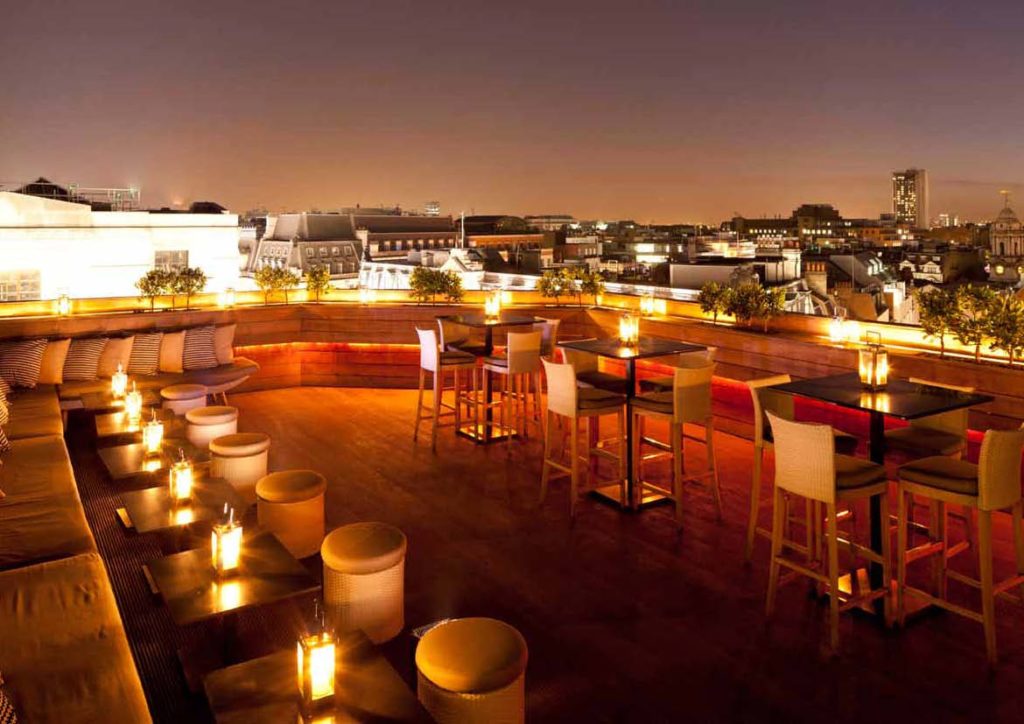
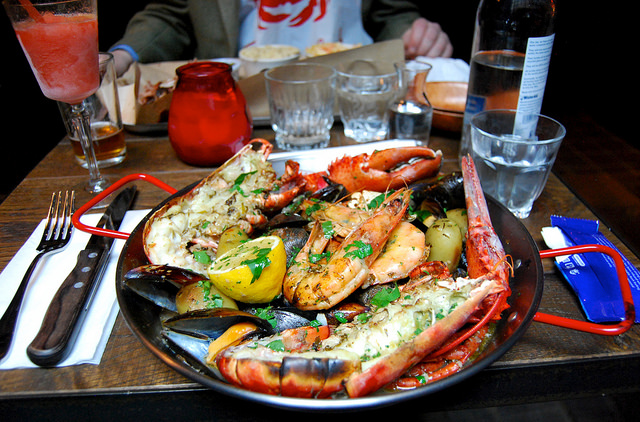

Ploughman’s lunch: Ploughman’s lunch is a traditional British dish that typically consists of bread, cheese, and pickles. It’s a simple and satisfying dish that is often served in pubs.
Bubble and squeak: Bubble and squeak is a traditional British dish made from leftover vegetables, usually cabbage, and mashed potatoes, which are then fried together. This dish is often served as a side dish.
Jellied eels: Jellied eels are a traditional London dish that is made from eels that are cooked in a stock and then set in a jelly. It’s a traditional dish of the East-end of London, it’s a bit of an acquired taste and not for everyone.
Cockles and Mussels: Cockles and Mussels are a popular traditional dish in London, it’s a type of seafood that is typically steamed with onions, butter, and white wine.
Black pudding: Black pudding is a traditional British sausage made from pork blood, oatmeal, and spices. It’s often served as part of a traditional English breakfast or as a side dish.
Potted shrimps: Potted shrimp is a traditional British dish, it’s made from brown shrimp that are cooked in butter and then packed into small pots and topped with more butter.
Iconic restaurants in London
Here is a presentation of some of the iconic pubs and restaurants in London:
The George Inn: The George Inn is a historic pub located in Southwark, south of the River Thames. It’s one of the last galleried coaching inns in London, dating back to the 16th century. It’s a great place to grab a pint and enjoy a traditional pub atmosphere.
The Lamb & Flag: The Lamb & Flag is a historic pub located in Covent Garden. It’s known for its cozy atmosphere, good selection of ales, and live music. It’s a great place to grab a drink and enjoy some traditional pub fare.
The French House: The French House is a traditional pub located in Soho, known for its cozy atmosphere, great selection of beers and wines, and traditional pub fare.
The Eagle: The Eagle is a traditional pub located in Clerkenwell, known for its great selection of beers and traditional pub fare.
The Grenadier: The Grenadier is a historic pub located in Belgravia, It’s known for its cozy atmosphere, good selection of ales, and traditional pub fare.
The Old Bank of England: The Old Bank of England is a historic pub located in the City of London, it’s known for its cozy atmosphere, great selection of beers and wines, and traditional pub fare.
Rules: Rules is a historic restaurant, it’s London’s oldest restaurant and it’s located in Covent Garden. It’s known for its traditional British cuisine, great selection of wines and cozy atmosphere.
The Wolseley: The Wolseley is a historic restaurant, located in Mayfair, it’s known for its traditional British cuisine, great selection of wines and elegant atmosphere.
The Ledbury: The Ledbury is a Michelin-starred restaurant, located in Notting Hill, it’s known for its modern European cuisine and elegant atmosphere.
The Ritz: The Ritz is a luxurious hotel and restaurant located in Mayfair, it’s known for its traditional British cuisine and elegant atmosphere.

London’s best rooftops
London has a variety of rooftop venues that offer stunning views of the city. Here is a detailed presentation of some of the best rooftops in London:
The Rooftop at The Trafalgar St James: This rooftop bar is located in the heart of London and offers panoramic views of Trafalgar Square and the surrounding city. s.
The Rooftop at The Standard: The Rooftop at The Standard is located in King’s Cross .
SUSHISAMBA: SUSHISAMBA is a rooftop restaurant and bar located in the heart of London. The rooftop features a heated terrace, a bar, and comfortable seating. It offers stunning views of the city and serves a variety of sushi and other Japanese-inspired dishes.
The Rooftop at The Ned: The Rooftop at The Ned is located in the City of London and offers stunning views of the city.
Sky Garden: Sky Garden is a rooftop garden and observation deck located in the heart of London. The rooftop offers 360-degree views of the city and features a variety of plants and trees. It’s a great place to relax and enjoy the views.
The Rooftop at The Curtain: The Rooftop at The Curtain is located in Shoreditch.
The Rooftop at The Montague on the Gardens: The Rooftop at The Montague on the Gardens is located in Bloomsbury.
The Rooftop at The Soho Hotel: The Rooftop at The Soho Hotel is located in Soho.
The Rooftop at The Hoxton: The Rooftop at The Hoxton is located in Shoreditch.
The Rooftop at The Royal Festival Hall: The Rooftop at The Royal Festival Hall is located on the South Bank.



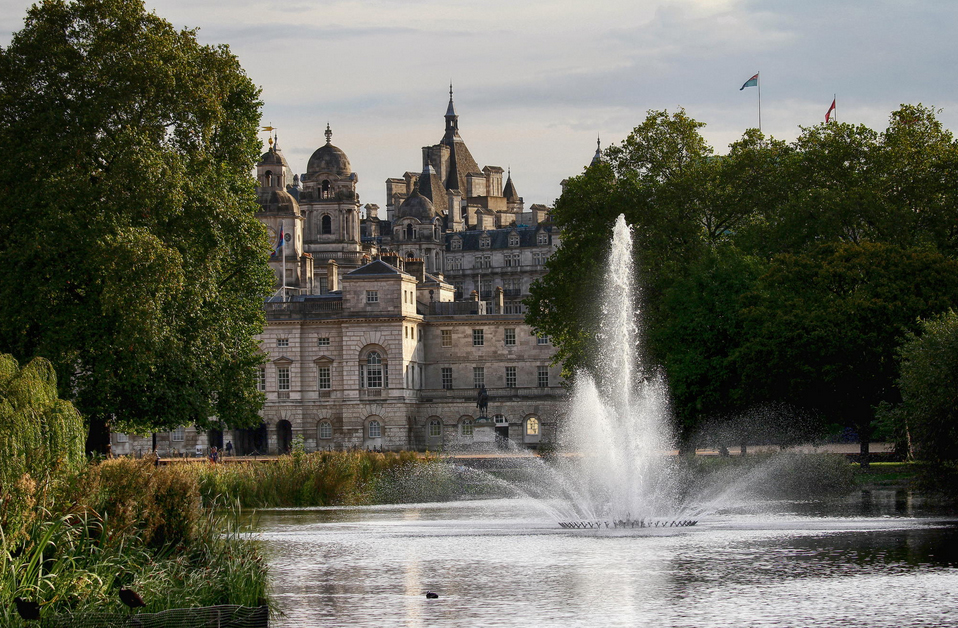

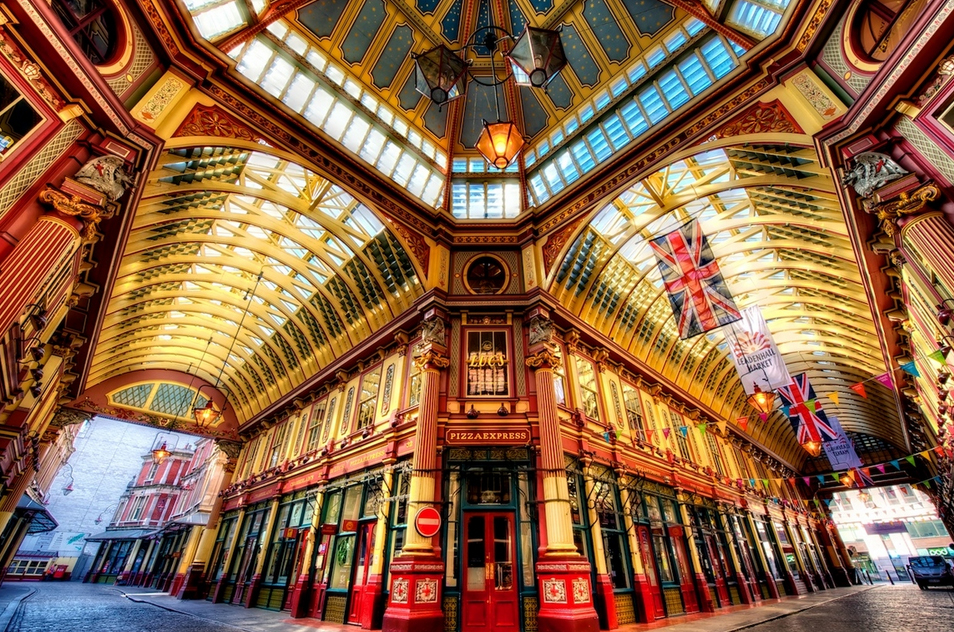
Practical Travel Advice for London
Here is some practical travel advice to help you make the most of your trip to London:
Plan ahead: London is a large and busy city, so it’s a good idea to plan ahead to make the most of your time. Research the sights and activities you want to see and make a rough itinerary. This will help you make the most of your time and avoid wasting time trying to decide what to do.
Use public transportation: London has an extensive public transportation system that includes buses, trains, and the underground (tube). It’s the most convenient and efficient way to get around the city. Purchase an Oyster card or contactless payment card to make travelling on public transportation easy and affordable.
Be aware of the weather: London’s weather can be unpredictable, so be sure to check the forecast and pack accordingly. Bring an umbrella or a raincoat, as it is common for it to rain in London. Also, be aware that it can get chilly even in summer so a light sweater or jacket is a good idea.
Take advantage of free sights and activities: London has many free sights and activities to enjoy, such as parks, museums and galleries. Some famous museums such as the British Museum, National Gallery and Tate Modern don’t charge admission fee.
Be prepared for crowds: London is a popular tourist destination, so be prepared for crowds at popular sights and on public transportation. Try to visit popular sights early in the morning or later in the evening to avoid peak crowds.
Be mindful of your budget: London can be an expensive city, so be mindful of your budget and plan accordingly. Research affordable accommodation options and look for discounts and deals on attraction tickets.
Be aware of the local customs and etiquette: London is a multicultural city, so be respectful of the local customs and etiquette. Be aware of the local laws and customs, and be mindful of your behavior in public places.
Be prepared for the language: Although English is the official language in London, you may encounter some regional accents and dialects that may be difficult to understand.
Use mobile apps: There are many mobile apps available that can help you navigate the city and make the most of your time. Some popular apps include Citymapper, London Transport and Time Out London.
Have fun: London is a vibrant and exciting city, so be sure to enjoy yourself and make the most of your trip.
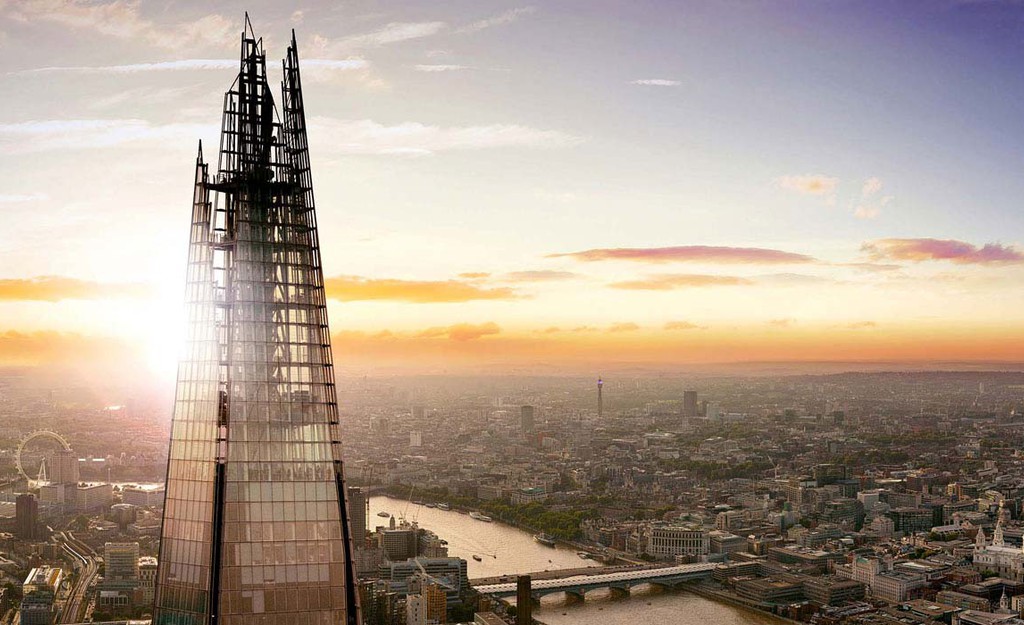
The best ways to get around in London
Here are some of the best ways to get around London:
Public Transportation: London has an extensive public transportation system that includes buses, trains, and the underground (tube). It’s the most convenient and efficient way to get around the city. Purchase an Oyster card or contactless payment card to make travelling on public transportation easy and affordable.
Walking: London is a walkable city and walking is a great way to see the city. Many of the city’s main sights are located within walking distance of each other, and walking allows you to take in the sights and sounds of the city at a more leisurely pace.
Cycling: London has a network of bike lanes and rental bike schemes, such as Santander Cycles, it’s a convenient and affordable way to get around the city.
Taxi/Uber: Taxis and Uber are readily available in London, and they can be a convenient option for getting around the city. Keep in mind that during peak hours and in busy areas, it may be difficult to find a taxi or Uber, and prices may be higher.
Car rental: Car rental is an option, although it may not be the best way to get around London, due to the city’s traffic and parking difficulties.
River Bus: The Thames river is a great way to see the city from a different perspective. Visitors can take a river bus or river cruise and see famous landmarks such as the Tower Bridge, the Houses of Parliament and the London Eye.
Walking tours: London offers a variety of walking tours that allow you to explore different parts of the city and learn about its history and culture.
–
Check our other travel guides.